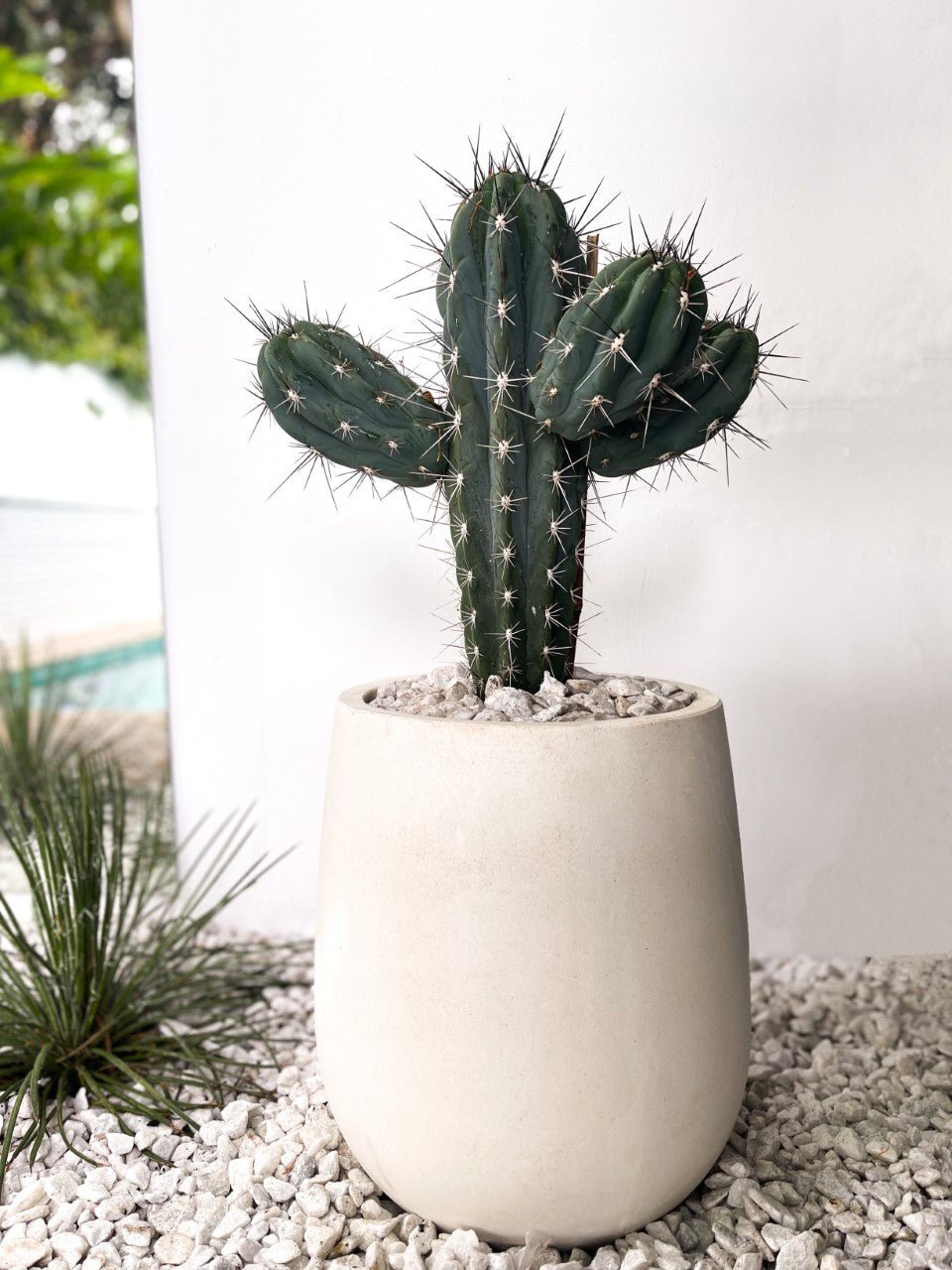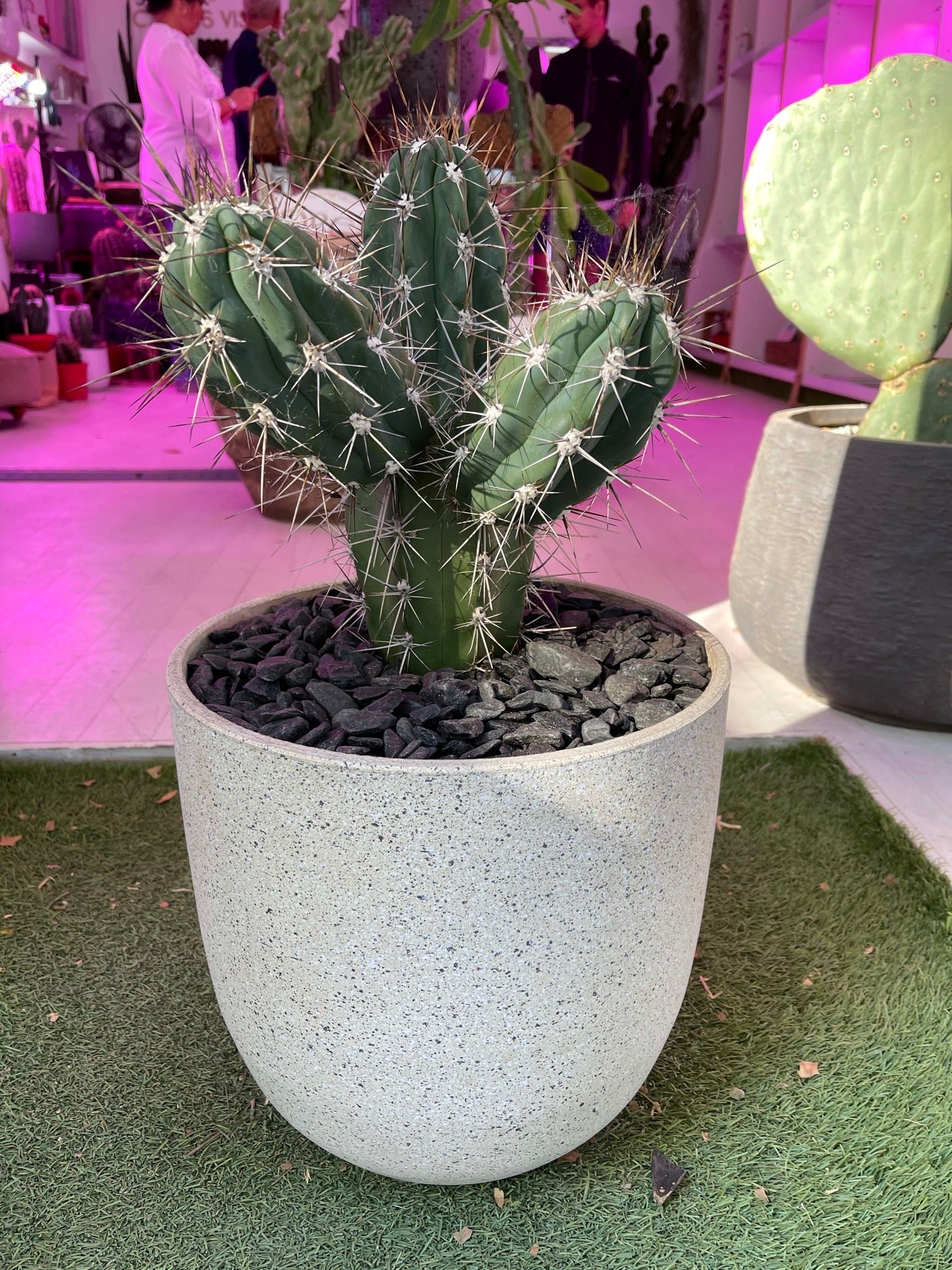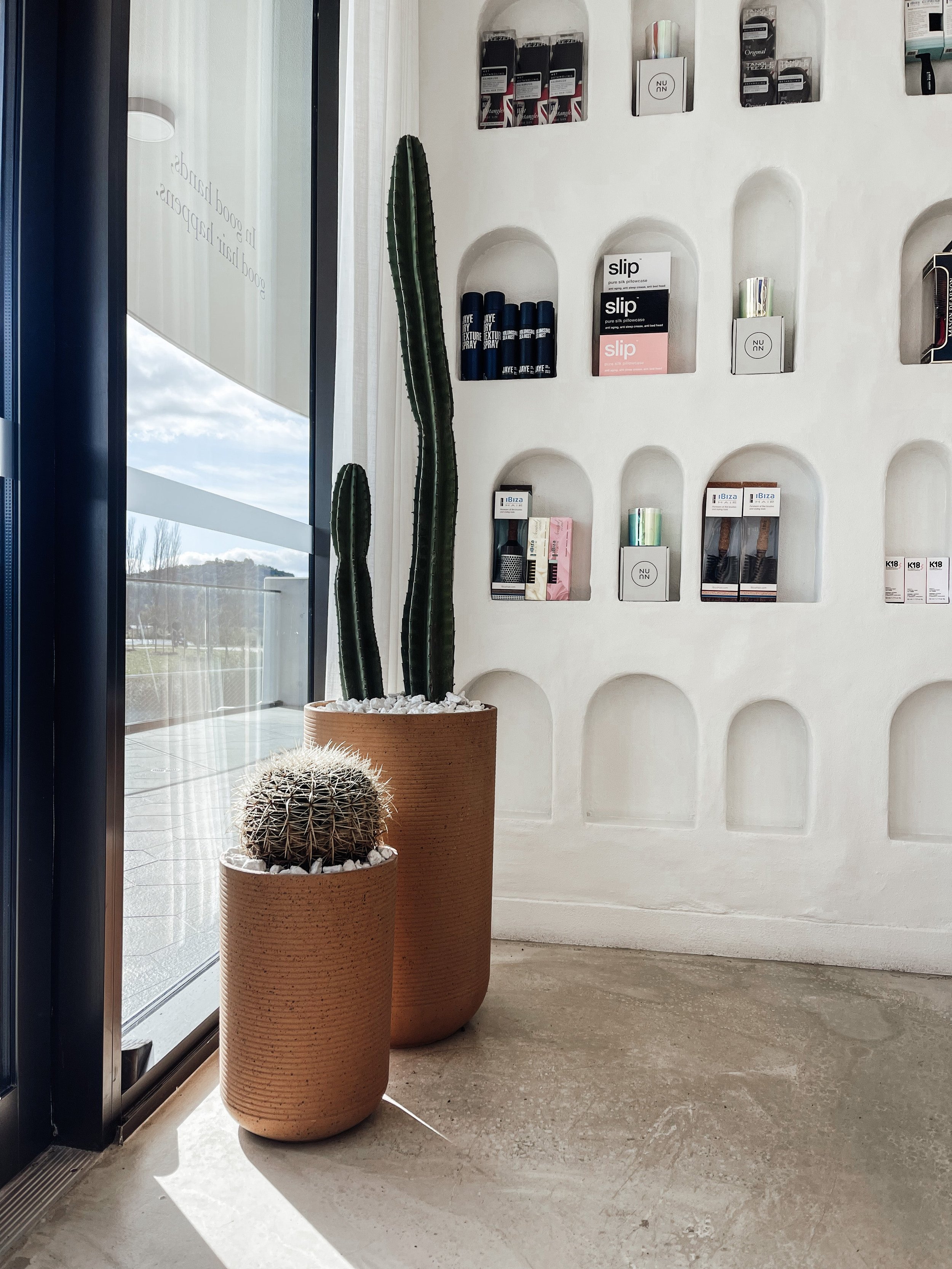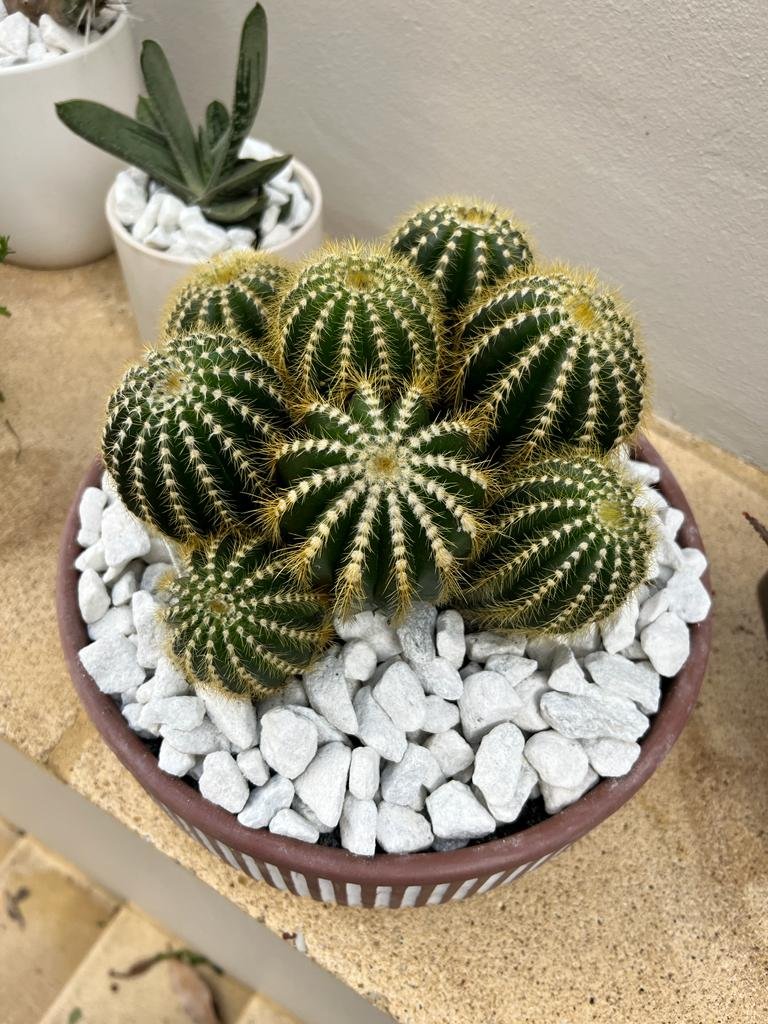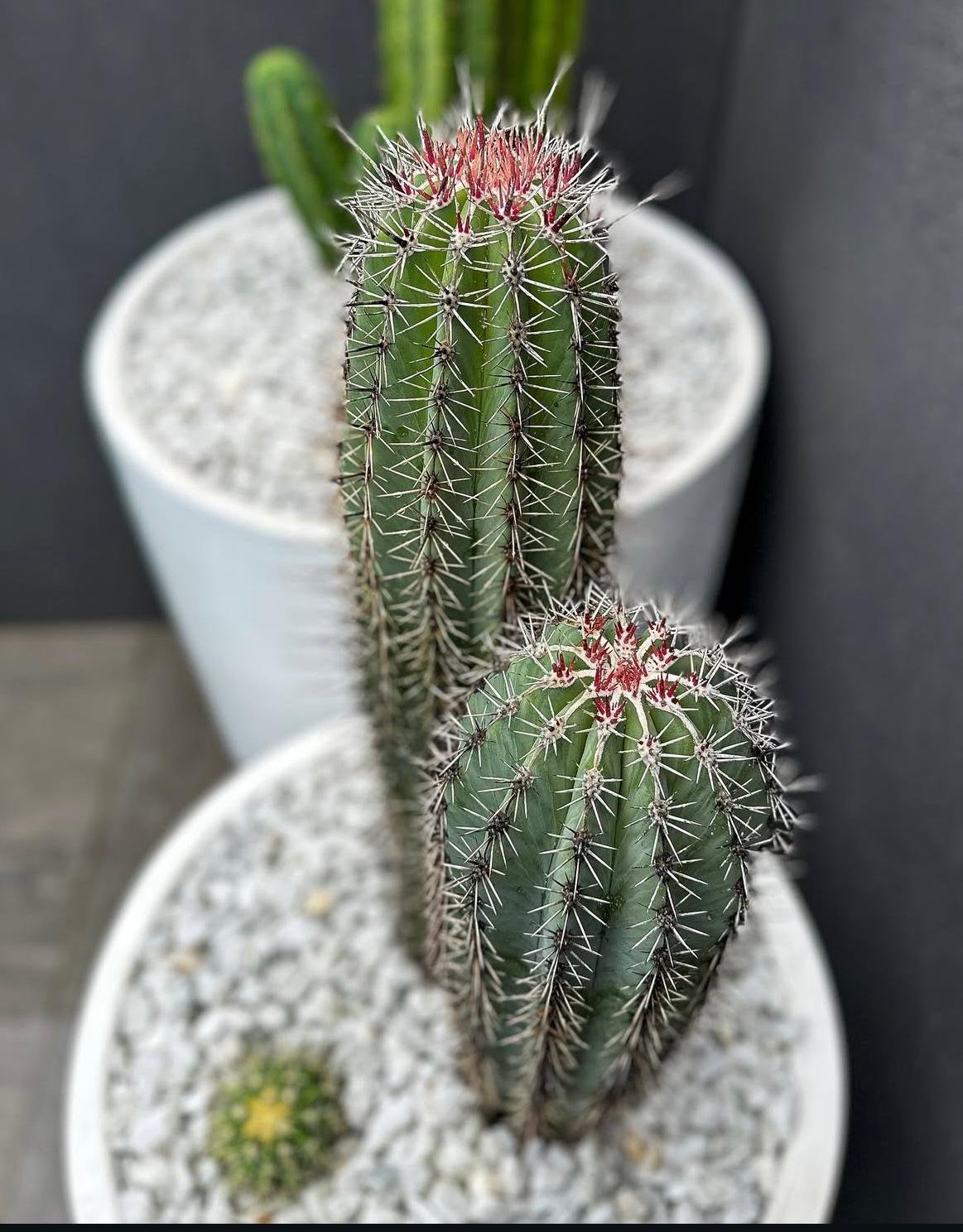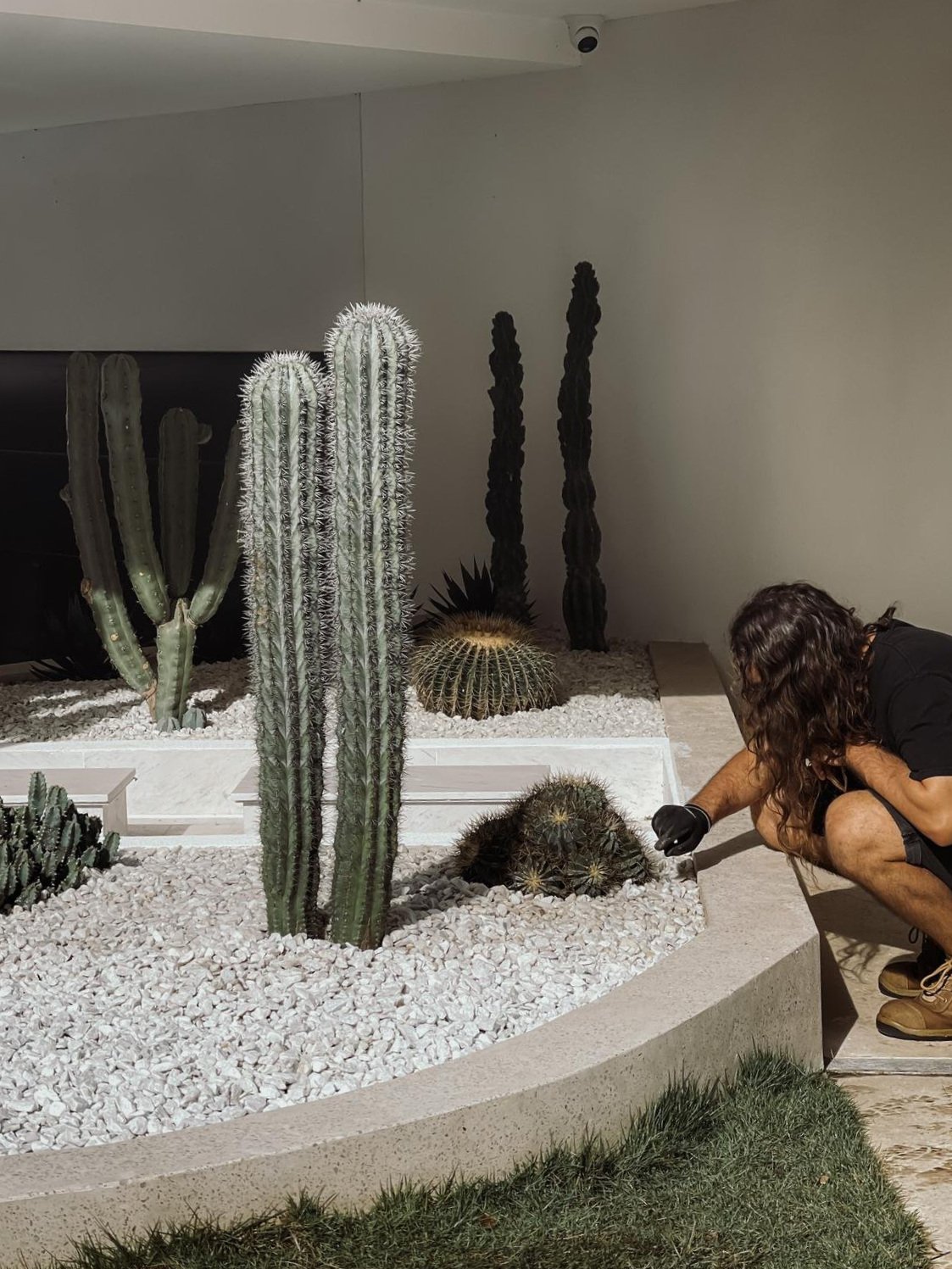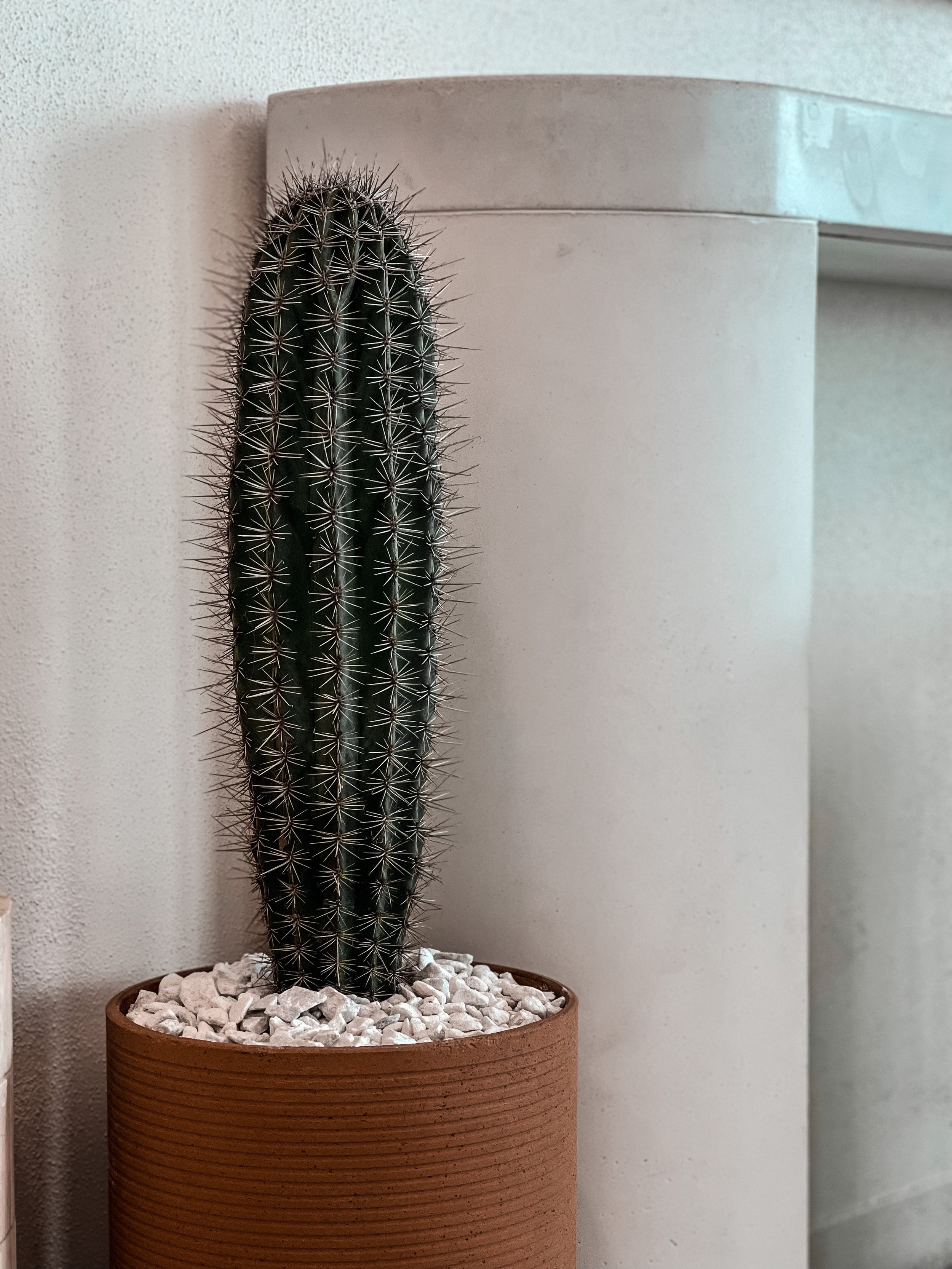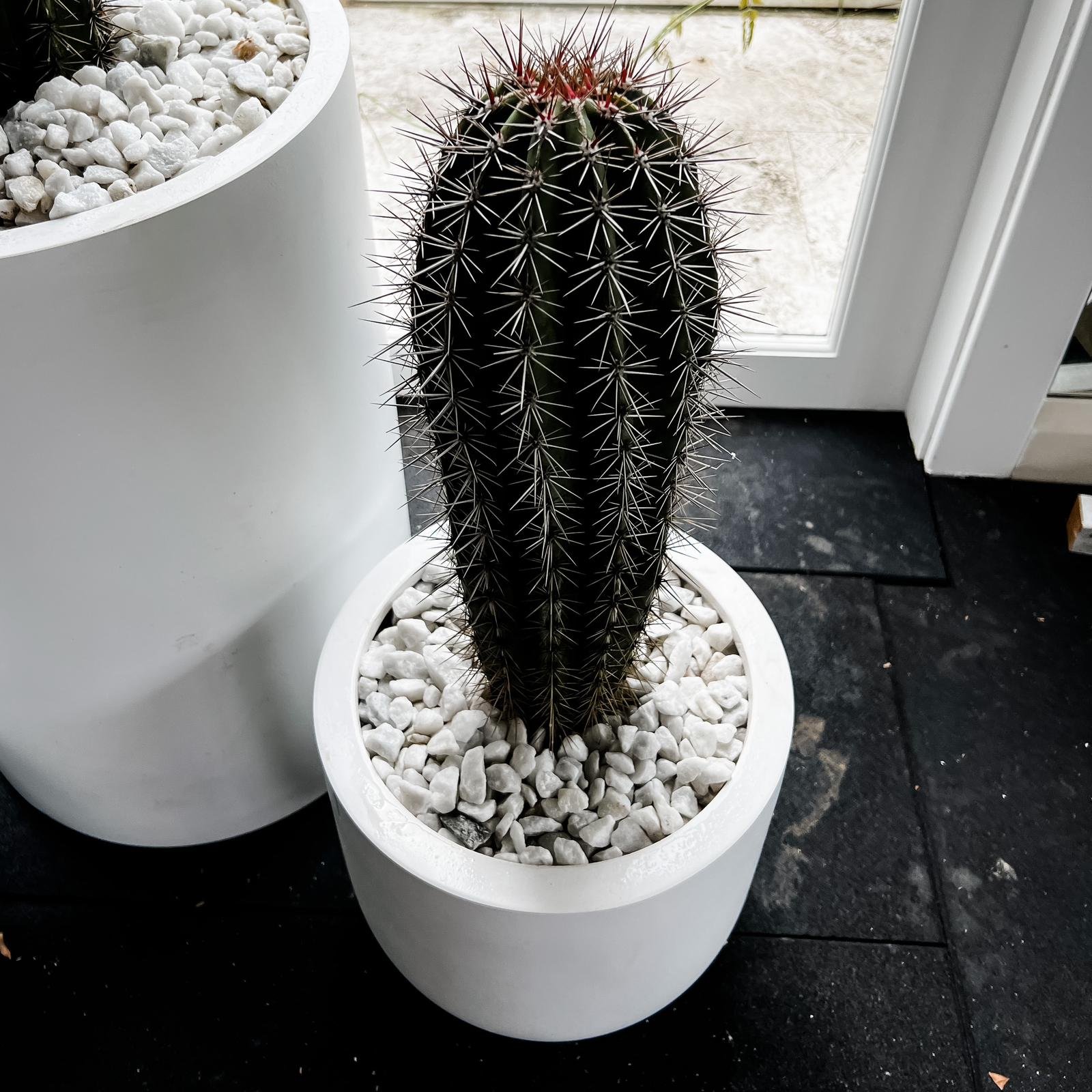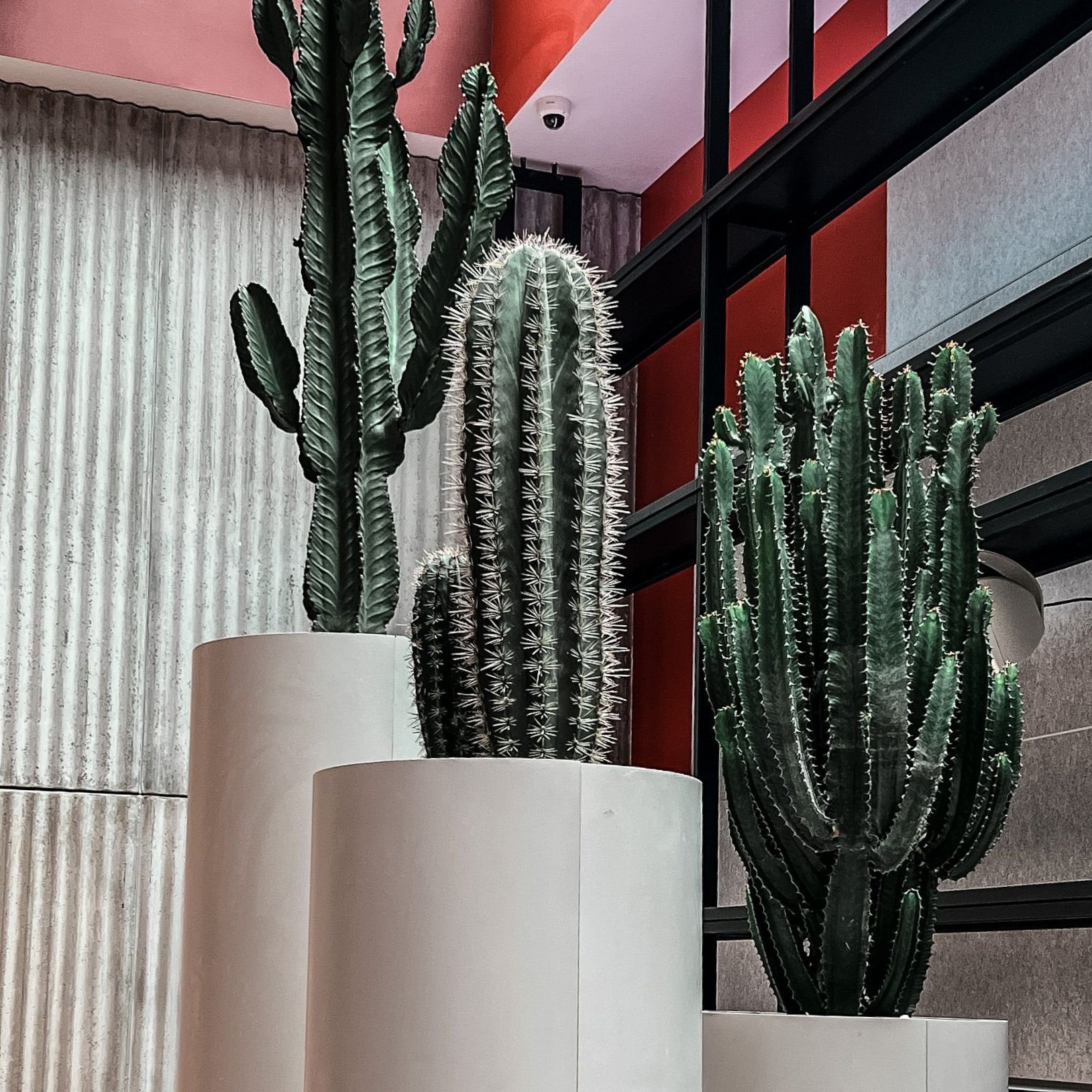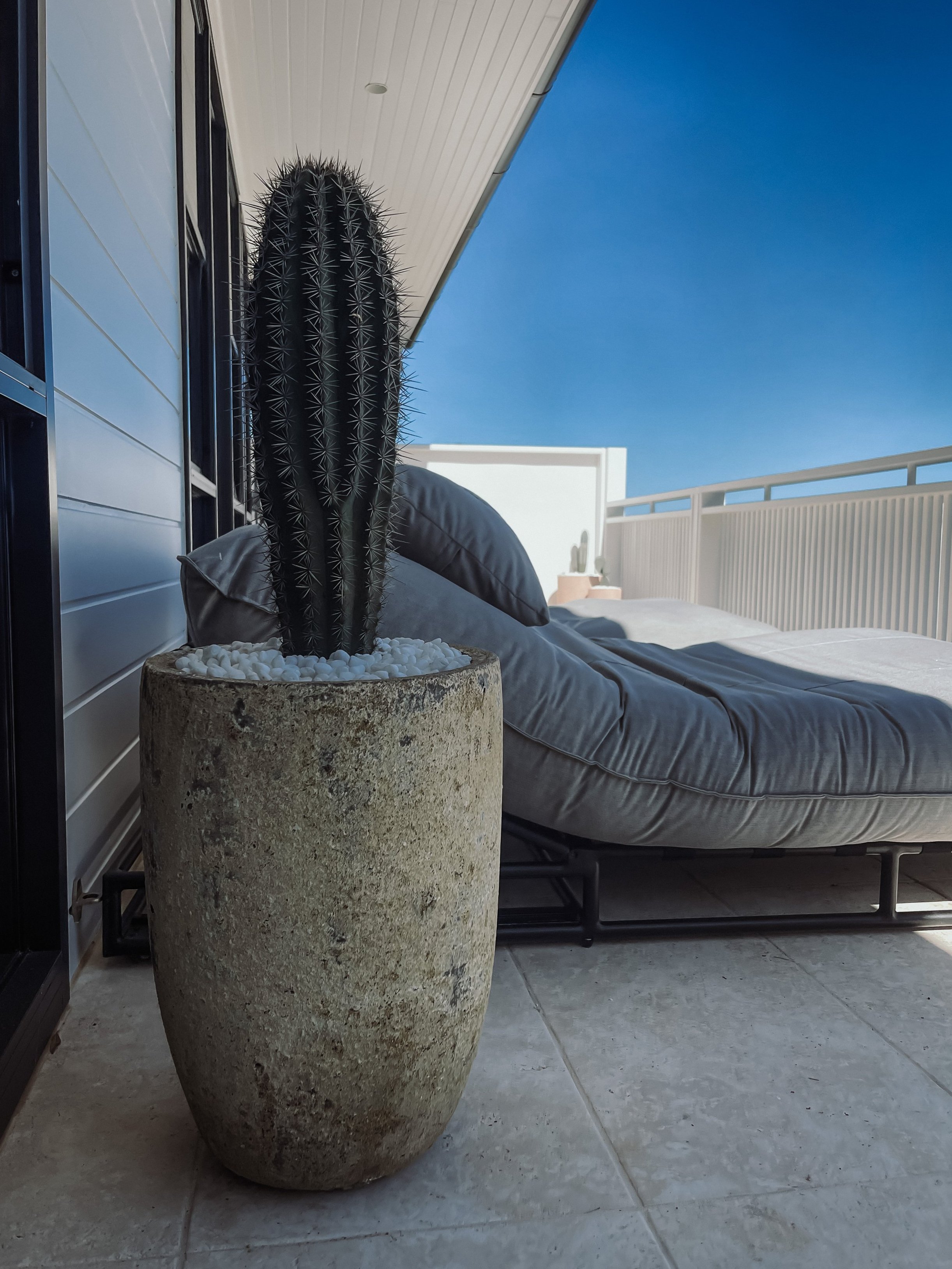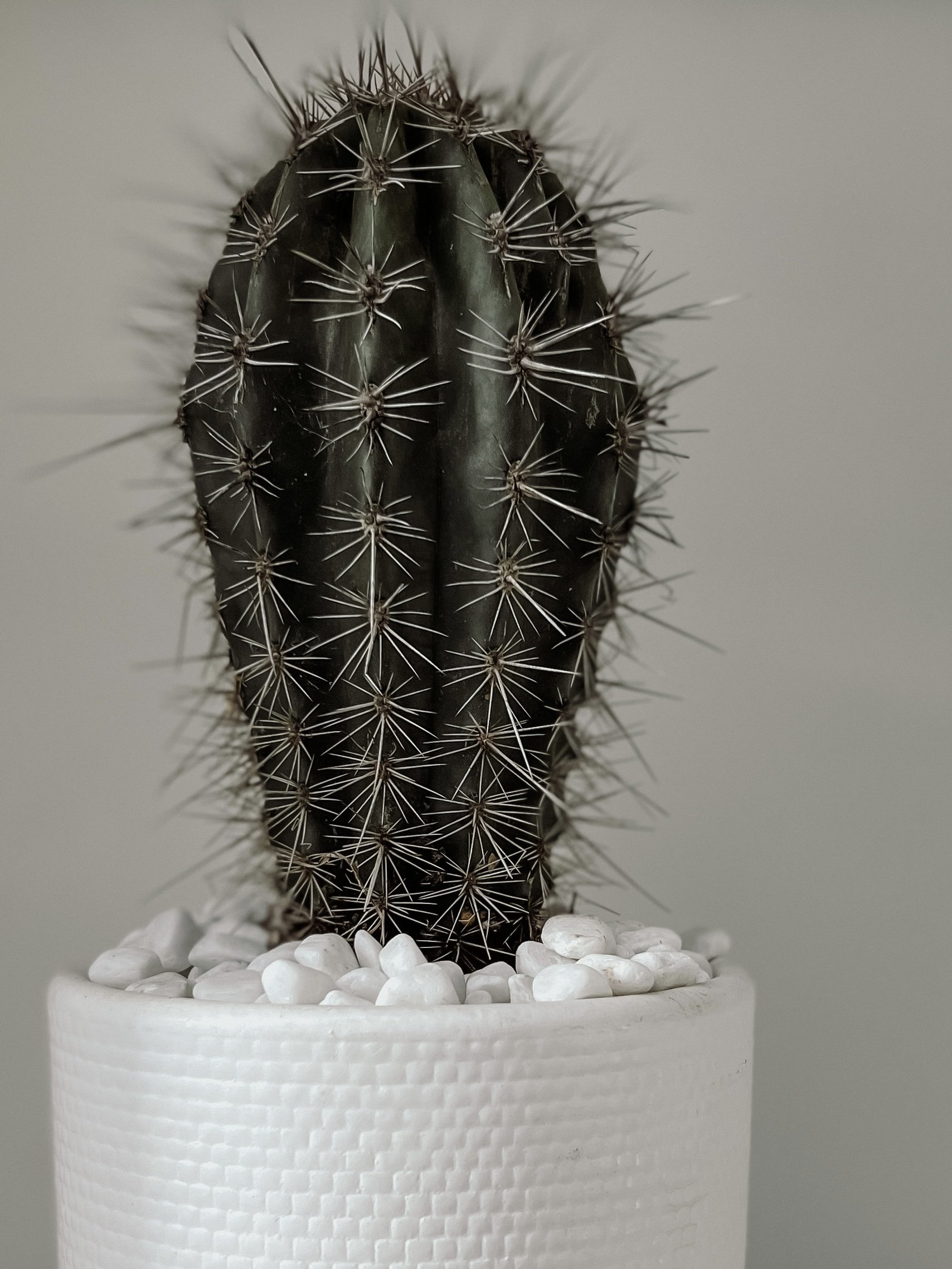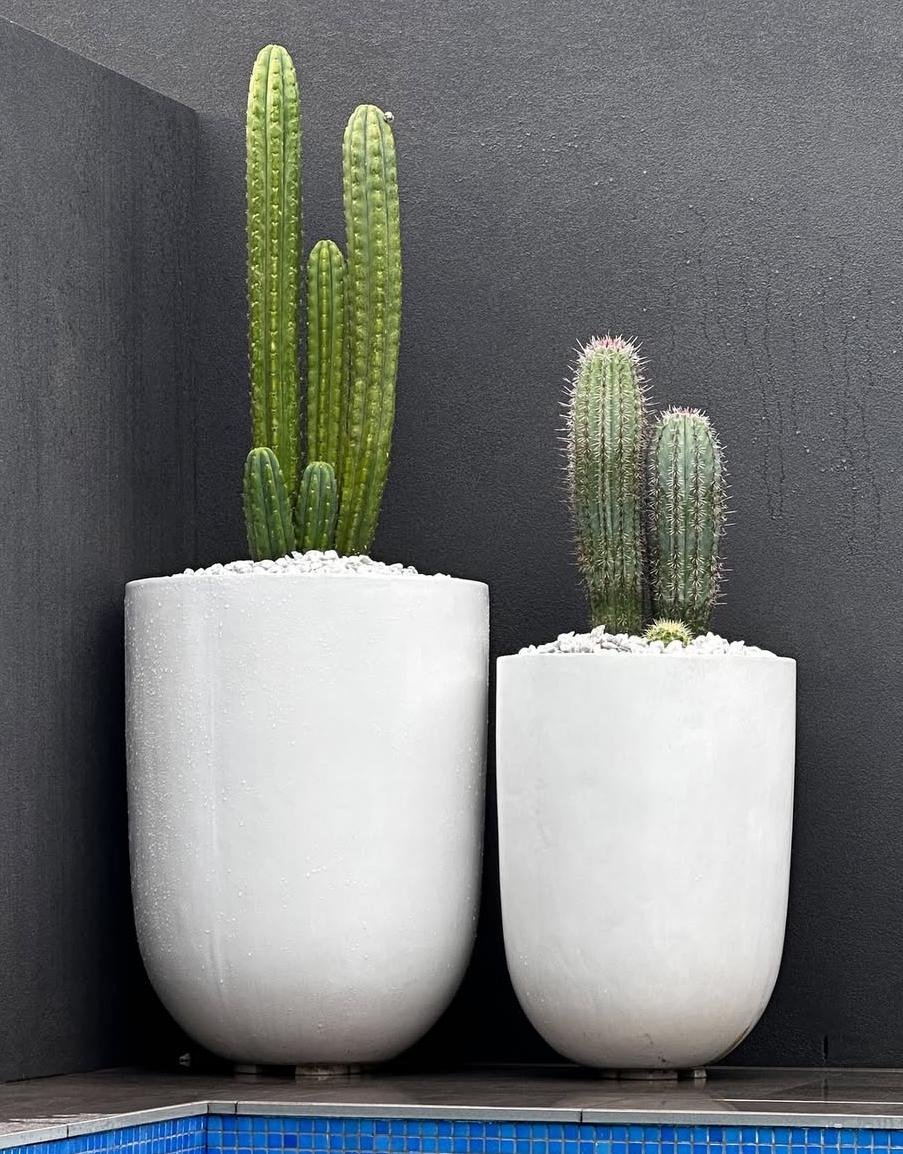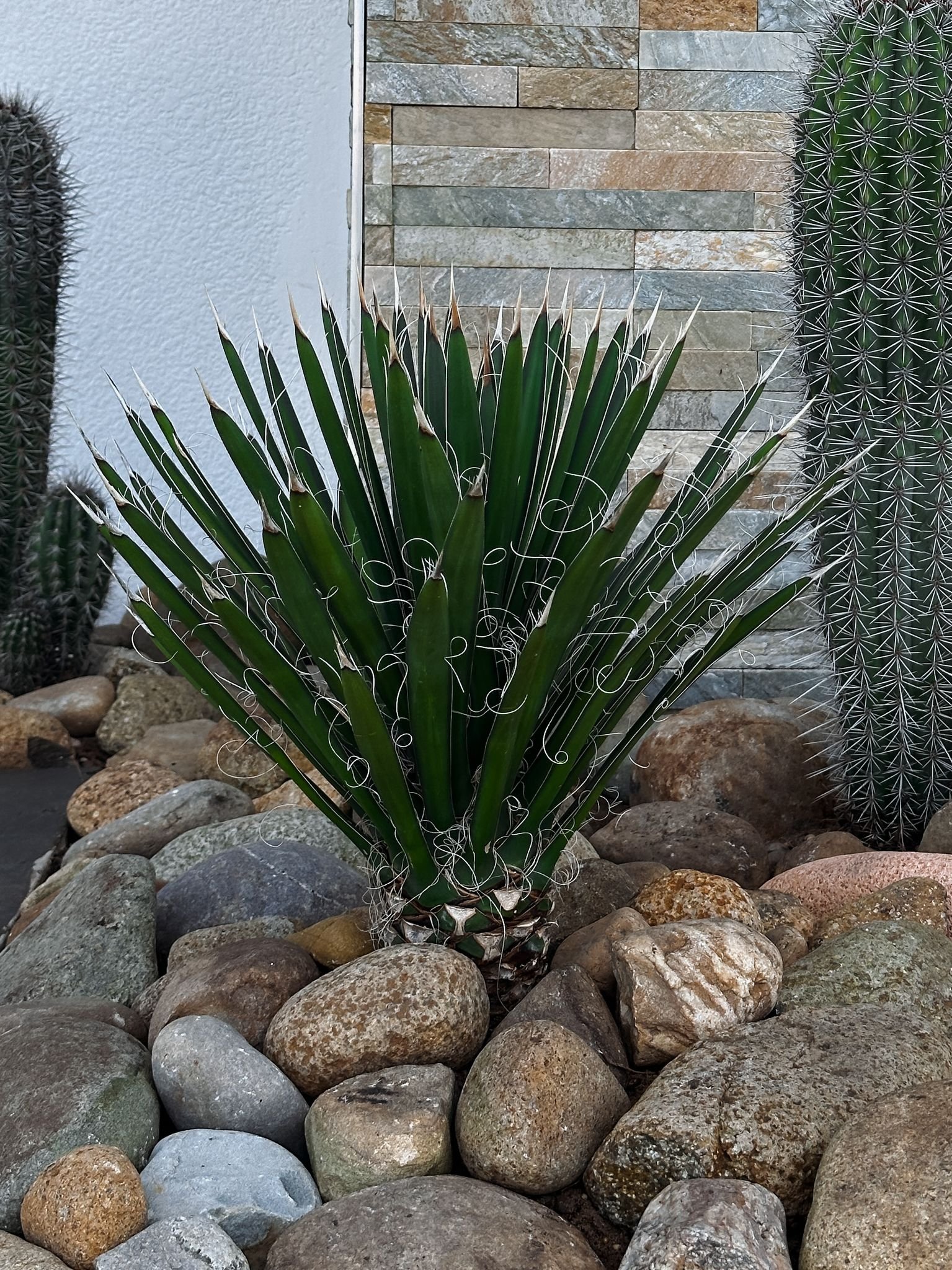Teddy Bear Cactus (Stetsonia Coryne)
BOTANICAL NAME
Stetsonia Coryne
ORIGIN
Southern America
WATER
Water when soil is almost dry from spring to early autumn, seldom in winter (I’m cool to be caught in the rain if I have good drainage)
OUTDOORS
I can adjust to full-day sun; I’d prefer Morning Sun or half-day sun over the peak of summer
INDOORS
Yes, well-lit areas with direct sun
FROST TOLERANT
Low-Moderate tolerance
GROWTH RATE
Moderate 5-15cm per annum, growing up 7-8 metres
POPULARITY
Rare
FLOWERS
Annual white flowers once mature
PETS & CHILDREN
High risk to children and pets; caution large spines
CONCACTUS FOR ALL INQUIRIES REGARDING PLANTS “UNAVAILABLE” ONLINE
Ready to spike up your space? Our products come in plastic pots, but fear not!
Get in touch post-purchase and we'll pot-ify your cactus for maximum appeal.
*IMAGES ARE CV STOCK EXAMPLES
From the Greek word "Coryne" meaning "club", the genus Stetsonia contains only two discovered species (to our knowledge), one being the Stetsonia Coryne - making this cactus a highly demanded collector's specimen.
These faster growing cacti can be found as branching tree-like structures, growing 5-15cm per year, and up to 7 meters tall in a lifetime. Better known as the Teddy Bear Cactus or the Toothpick Cactus, this powdery blue, thick plant can drastically branch out, making it popular among those who favour the typical cactus shape found in illustrations (road runner).
Cactus Vision recommends this species for tall pots (away from ankles and pets); balcony displays, and rocky garden beds - where this not-so-cuddly teddy bear can grow into a towering statement piece over the years. If you've purchased this plant potted, you can repot this cactus every 3-5 years or whenever it outgrows its pot.
Like many blue frosted cacti, we suggest half-day sun to help this cactus retain its rich colours, however with sufficient watering, this plant can easily handle full-day sun in NSW. With white large flowers, this evergreen succulent can take many years before blooming from Spring through to Summer.
The Stetsonia Coryne can become a victim to mealybug or scale insects. Cactus Vision suggests seasonal treatment to minimize the risk of attacks. Due to its large toothpick-like spines, this genus is deer, possum, and kangaroo resistant. Younger plants require protection from prolonged frost, we suggest covering smaller cacti with hessian bags for protection from frost burn when necessary. Older plants are frost tolerant.
Although these plants are relatively easy to care for, they have long extravagant spines, that make them difficult to handle. Don't be deterred, this species is a MUST-HAVE, contact our team for advice on how to handle this prickly specimen safely.
